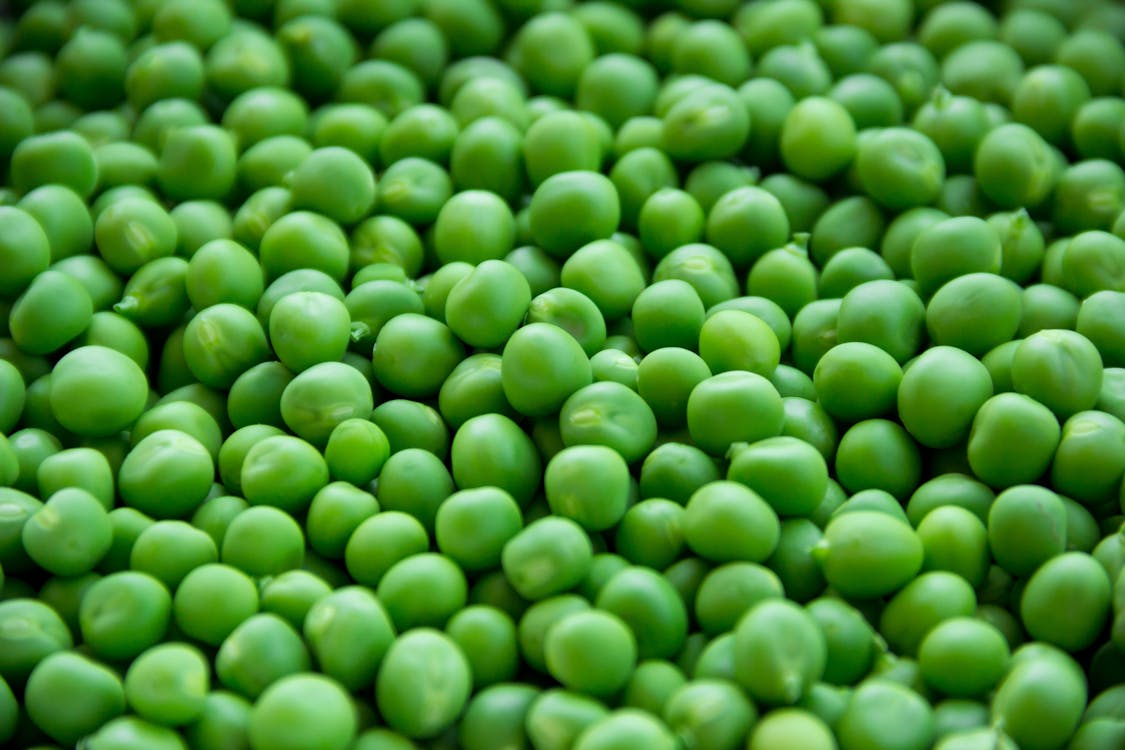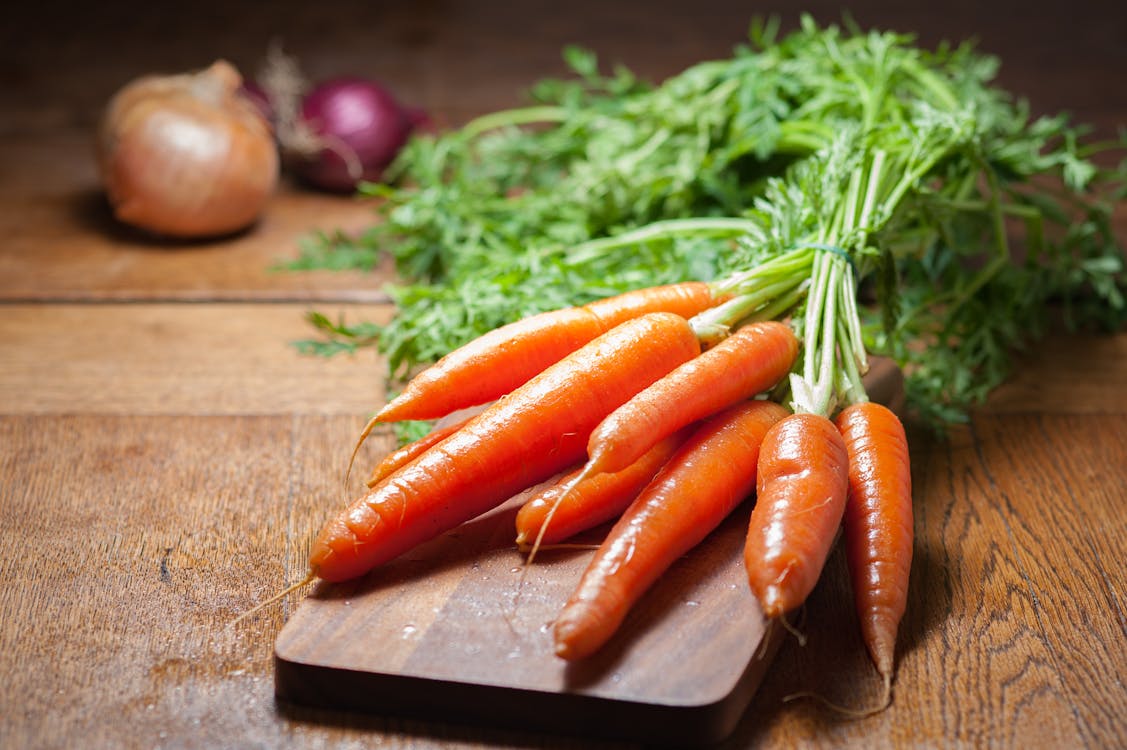Broccoli
One of the easiest and most effective ways to lose weight is to fill half your plate with veggies. Most veggies have a lot of vitamins and minerals but not a lot of calories. To lose weight, you need to be in a calorie shortage, which means that you use more energy than you take in. This can be done by exercising regularly and being more active throughout the day, or by eating less (or a little bit of both). At the same time, you don’t want to feel deprived, hungry, or limited, and your diet should be healthy. If you don’t, you won’t be able to follow through on your plan. Read on to find out why vegetables help you lose weight and which ones our experts think are the best.
Cauliflower

Cauliflower is here to stay, from cauliflower pizza to cauliflower rice, and for a good reason. One cup of chopped cauliflower has only 27 calories, 2 grams of fiber, and 2 grams of protein. Dietitian Elysia Cartlidge, M.A.N., RD at Haute & Healthy Living says, “It’s filling and can be used in many ways.” “My best way to cook cauliflower is to cut it up, drizzle it with olive oil, sprinkle it with garlic powder and nutritional yeast, and roast it in the oven until the edges are lightly browned and crispy. Roasting the cauliflower brings out so much flavor, so even if you don’t like vegetables, it’s a great way to get more fiber and vegetables into your diet.
Spaghetti Squash
“Winter squashes are all low-calorie foods that can help you lose weight. Cheryl Mussatto, M.S., RD, LD, author of The Nourished Brain, says that spaghetti squash is her best. “It’s a great option to regular spaghetti if you want to cut back on calories. One cup has only 42 calories. It’s also low in fat and full of fiber, which is both healthy and filling. And for people with diabetes who need to limit carbs, it won’t raise their blood sugar like pasta might. So, spaghetti squash is not only a great food to eat when you want to lose weight, but it also still tastes like spaghetti.
Avocado

Even though avocados are truly a fruit, we had to put them on the list because they help burn fat. Since avocados are high in fat, that might sound like a conflict. But they have a lot of polyunsaturated fat, which is good for your heart and keeps you full because it is broken down slowly.
Half of an avocado has 5 grams of fiber, which is half of the amount you should try to get at each meal. Avocados can be used in many ways, which makes it easy to eat them on a daily basis. Mix a quarter to a half of an avocado into a green drink for a creamy treat, add sliced avocado to a salad, or make guacamole as a snack. Avocados taste great on tacos and in tuna salad as well. Don’t eat more than a quarter to a half of an avocado at a time. One average avocado has 240 calories, so if your goal is to lose weight, you can have too much of a good thing.
Cabbage
“Cabbage is low in calories and high in fiber,” says Jinan Banna, Ph.D., RD, a qualified dietitian. “Fiber is an important part of a diet for weight loss because it keeps you feeling full while giving you few calories.” Like broccoli, Brussels sprouts, cauliflower, and kale, cabbage is a cruciferous veggie. Cruciferous vegetables have phytonutrients that are very powerful and can help fight cancer and lower inflammation. Cabbage is good for people with diabetes and those who want to lose weight because it only has 22 calories and 5 g of carbs per cup. Also, you can roast it, make salad with it, or put it on fish tacos. Banna says, “It can also be used to make fermented foods like kimchi, which may help keep your gut healthy.”
Zucchini

“Zucchini is a great way to add fiber, volume, and nutrients with very few calories,” says Anya Rosen, M.S., RD, LD, CPT, a functional medicine practitioner in New York City. One cup of sliced zucchini has only 19 calories and 3.5 g of total carbs. “It has a neutral flavor that goes well with both sweet and savory foods. Rosen says, “You can grate it into oatmeal, put it in a smoothie, or use it instead of pasta.”
Zucchini is also good when roasted, and it cooks quickly on the stove, so it’s easy to add to recipes like pasta and stir-fries that are made on the stove. In fact, you can use zoodles, also called zucchini noodles, instead of noodles. These are made with a spiralizer. Don’t forget that zucchini also makes great baked goods.
Romaine Lettuce
Romaine lettuce has only 8 calories per cup, making it one of the veggies with the fewest calories. On the other hand, it has very little fiber, with only 1 g per cup. Dietitian Jennifer Fiske, M.S., RDN, LD, says that it is a great “catch-all” veggie. “It means you can throw in a lot of different things and still have a great meal. You can also make lettuce wraps and add crunch to sandwiches with romaine leaves. I suggest getting a three-pack and preparing them as needed. They last much longer than lettuce that has already been cut. Romaine lettuce has a gentle taste and is low in calories. It is full of nutrients, like folate, and has a lot of them. It’s not fancy or flashy, but it’s useful, cheap, and helps you lose weight,” she says.
Green Peas

Peas, like potatoes and corn, are starchy vegetables, which means they have more carbs than non-starchy veggies. But green peas have a lot of fiber and protein, which isn’t true of most other veggies. Peas have 8 grams of fiber and 8 grams of protein per cup. Protein, like fiber, makes you feel full, and a study released in 2020 in the Journal of Obesity & Metabolic Syndrome found that high-protein diets are linked to weight loss. When the body digests protein, it uses up twice as many calories as when it digests carbs or fat.
There are many different kinds of peas, from snap peas to snow peas. Peas can be eaten on their own or added to recipes like fried rice, soup, or pasta.
Kale
One cup of kale has only 7 calories, so you can fill your whole plate with 4 to 5 cups of kale for less than 50 calories. It also “has a rougher texture than other greens, so it takes a little longer to chew,” says registered nutritionist and owner of Sound Bites Nutrition Lisa Andrews, M.Ed., RD, LD. When you eat slowly, you can feel full on fewer calories.
Not everyone likes how rough kale is, but there are other ways to enjoy it. You can roast kale on a baking sheet to make crunchy kale chips or mix it into a smoothie to add fiber and make it more filling. To make raw kale less rough, rub it with olive oil and lemon juice and let it sit for a few minutes before adding it to the rest of your salad.
Spinach
Spinach is a great thing to keep in your fridge because you can eat it in so many different ways. It has a softer flavor and texture than kale, so more people will like it. Spinach has 7 calories and 0.7 g of fiber per cup, which is about the same as kale. Spinach is great in salads, smoothies, stir-fries, and pasta dishes. Or, cook it in olive oil with salt and pepper to make a tasty side dish. It can be bought both fresh and frozen. If it’s starting to wilt, add it to soup or put the whole bag in the freezer to use for smoothies.
Carrots

Carrots have a little more sugar than other veggies, but they also have more fiber. One cup of carrots has 3.5 g of fiber, which is three times as much fiber as a cup of fresh greens. And at 52 calories per cup, they are still low in calories. Carrots are a crunchy choice to potato chips. A serving of 12 to 15 chips has about 130 calories. And most important, chips don’t have the nutrition that carrots do.
Bell Peppers
“Bell peppers have few calories and a lot of good things for you. In fact, one bell pepper has more vitamin C than an orange. Research has shown that people with lower levels of vitamin C have more body fat. Because of this, this food should be at the top of your shopping list, says registered dietitian Christie Gagnon, RD, of Hoorah to Health.
The sweetness of red, orange, and yellow peppers makes them easy to eat. One cup of raw peppers that have been sliced has only 24 calories and 2 grams of fiber. You can dip peppers in hummus or tzatziki, put them in a turkey wrap, or cook them with onions in a pan to make fajitas that are full of fiber.
Read Also:- 18 Belly Fat Burning Foods To Eat For A Slim Waist
